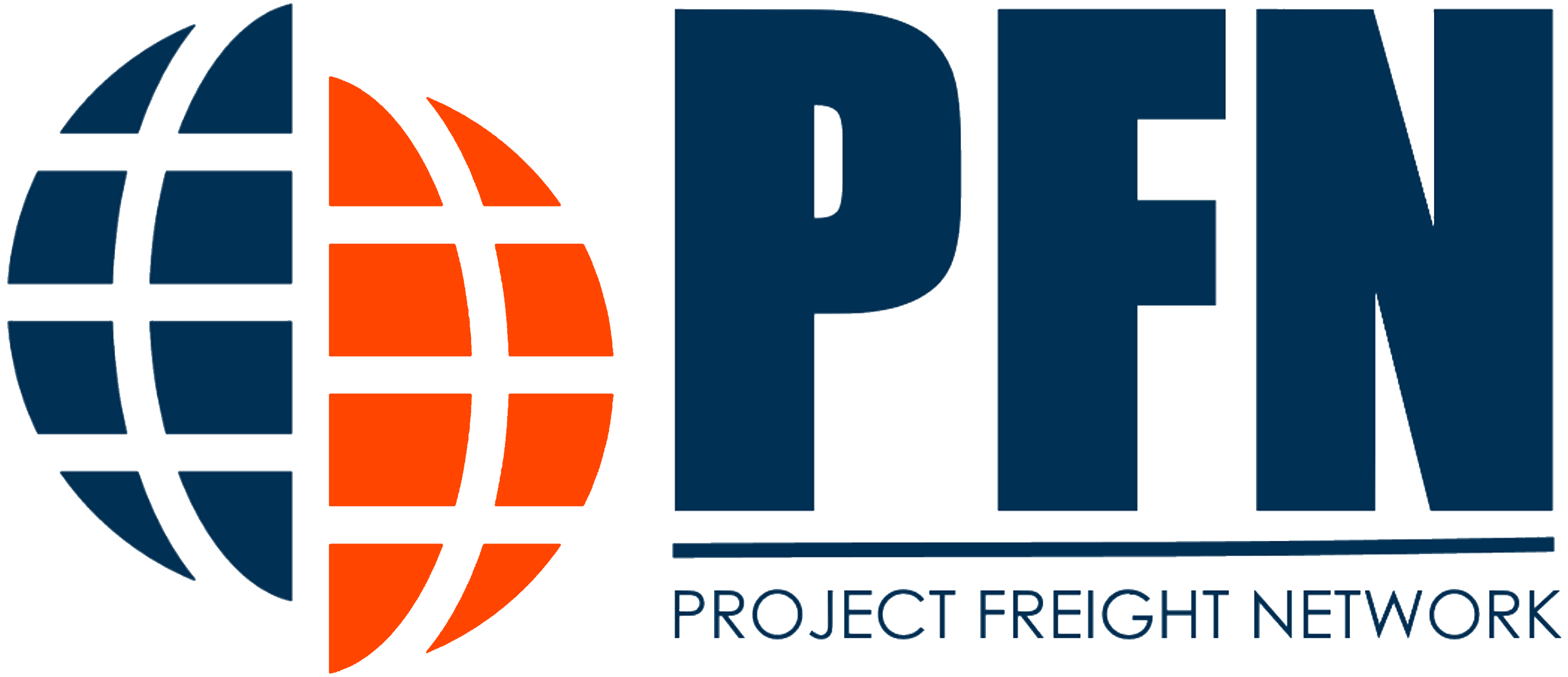[restrict … ]At the heart of every project lies a plan that drives the activities that result in the final outcome of the initially intend by the overall Project. This is as much the case in the Project Freight Management or Project Logistics.
Delivering on what was planned in a timely manner, within budget, is the difference between a good customer experience and one that can go awry. However, the tricky part about any project plan is that it is the project stakeholders involved who help define the level of complexity and the direction of its structure. Thus, it is up to the overall project manager responsible for structuring the plan to manage customer expectations while identifying the needs of team members so that deliverables can be efficiently managed and met.
Developing the perfect Project Execution Plan (PEP) requires the skill-set to truly gauge your team members’ needs while satisfying the final customer. Depending on the type of project, varying levels of detail are required in the construction of a plan. In projects that requires careful guidance of team members along a specific path, a more detailed plan makes more sense. Conversely, with highly independent project teams, a less detailed plan is more appropriate. As planning goes, it is best to keep the level of detail to the minimum. Team members have just enough information to effectively execute on tasks while a project manager’s ability to efficiently manage and control the plan is optimized.
ProjectFreight.Net or PFN’s Heavy Lift & Project Cargo members have the common strategies to develop effective project logistics plans that please both team members (Logistics Manager as well as their customers) and other overall project stakeholders who are ultimately responsible for the successful execution and outcome of the activities detailed in the overall project plan. [/restrict]





